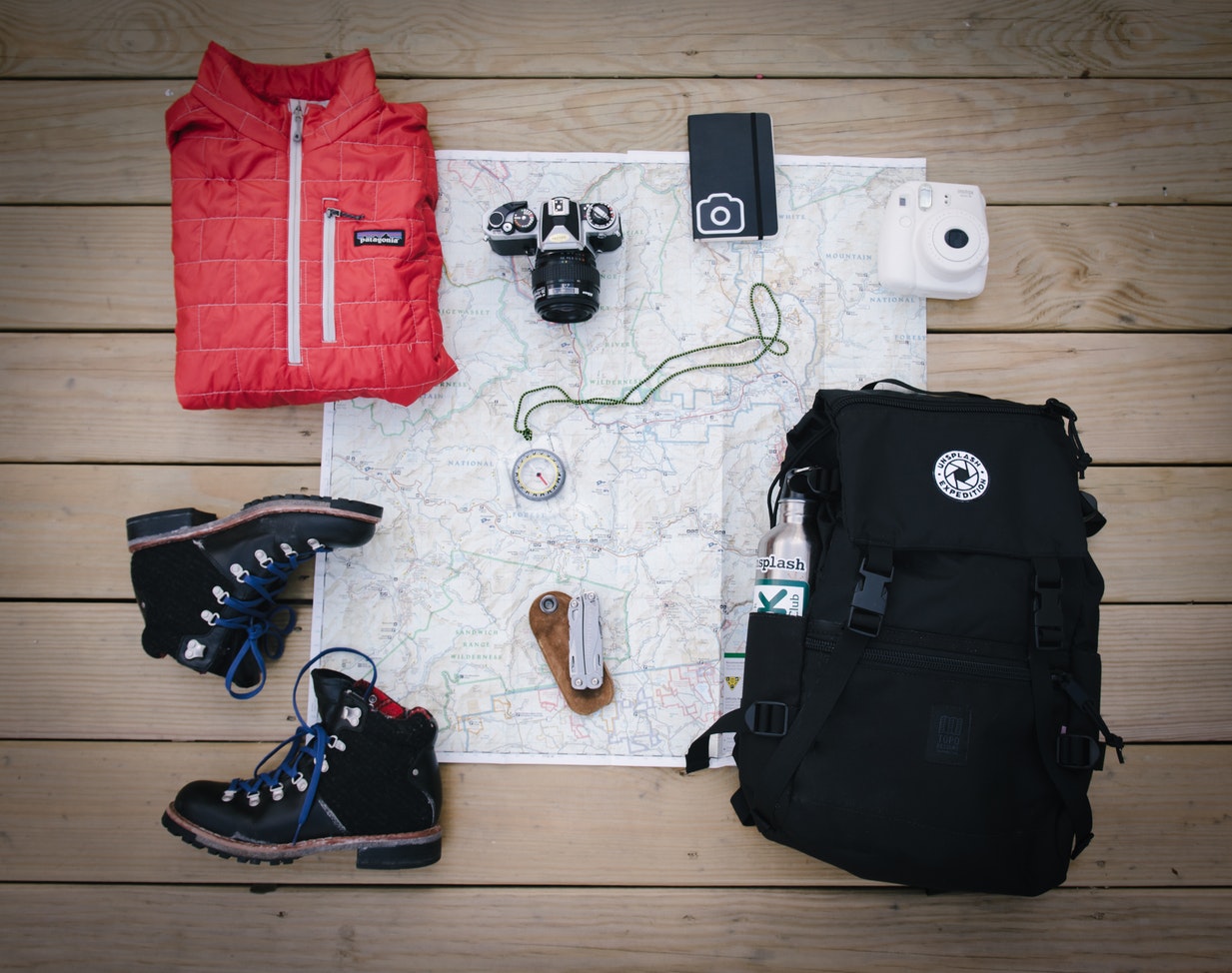Compression Sock Benefits: A Complete Guide
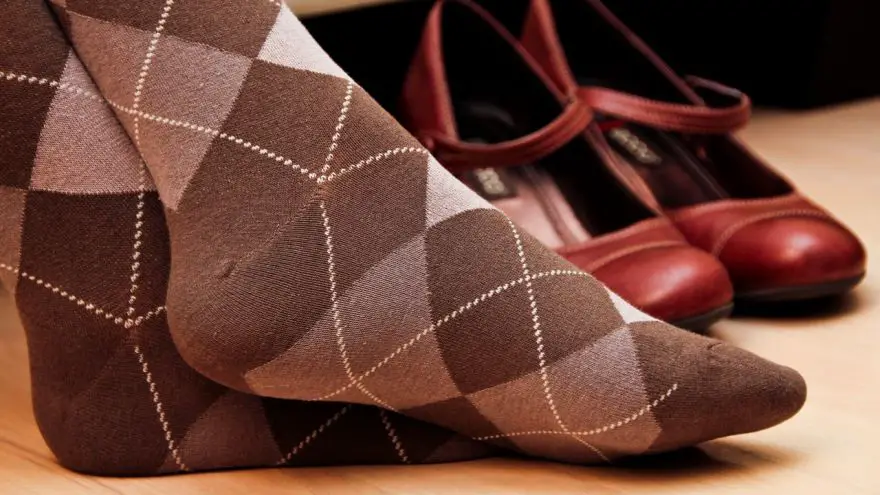 Compression Sock Benefits: A Complete Guide
thegearhunt.com
Compression Sock Benefits: A Complete Guide
thegearhunt.com
If you happen to be one of the millions of people in the world who suffer from things like spider veins or varicose veins, you will know how frustrating it can be to deal with things like leg cramps, burning, itching, swelling, and fatigue. Whether you know it or not, compression socks can assist with reducing these symptoms of varicose veins and when they are faithfully worn, they can even slow the progression of this disease. That being said, the socks alone will not correct the underlying problem with the veins.
The way these socks work is they promote the flow of venous blood from your feet back up toward your heart, essentially overcoming the natural effect of gravity. Graduated compression that is medical grade has been designed in such a way that it is stronger in the area of the foot and the pressure gradually diminishes as it travels up through the calf and towards the thigh. Compression legwear that is properly fitted and designed can prevent your venous blood from pooling in your feet and legs while improving the symptoms in the legs and decreasing the risk of any sort of blood clots.
Compression Socks – A Time and Place
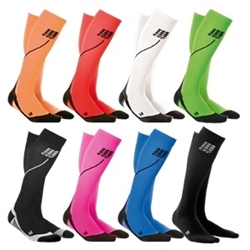 If you suffer from this type of symptomatic vein disease, you should be wearing compression socks any time you are up and about. The only time they should not be on your feet and legs is when you are bathing and when you are in bed. They should be donned as soon as you wake up in the morning, even before you get out of your bed. If you wait until a later time in the morning to put them on, your blood will have already started to pool in your feet and lower legs, and this can make any symptoms you have worse.
If you suffer from this type of symptomatic vein disease, you should be wearing compression socks any time you are up and about. The only time they should not be on your feet and legs is when you are bathing and when you are in bed. They should be donned as soon as you wake up in the morning, even before you get out of your bed. If you wait until a later time in the morning to put them on, your blood will have already started to pool in your feet and lower legs, and this can make any symptoms you have worse.
Graduated compression that is medical grade comes in a variety of different levels of compression. These levels range from 15 – 20 mmHg all the way up to 30 – 40 mmHg. After being evaluated by a vein specialist, you will be prescribed a level that will be the best strength for your specific legs and feet. There are even fitters who can assist you by showing you how to put them on and remove them, as well as how to care for them.
What about people who don’t suffer from these diseases in the legs? Honestly, an ounce of prevention is worth a pound of cure. Things like wearing this type of sock, saving the high heels for those really special occasions, elevating your legs when possible, healthy management of your weight, and regular exercise can help to prevent the onset of spider and/or varicose veins.
Not Just for Your Grandmother
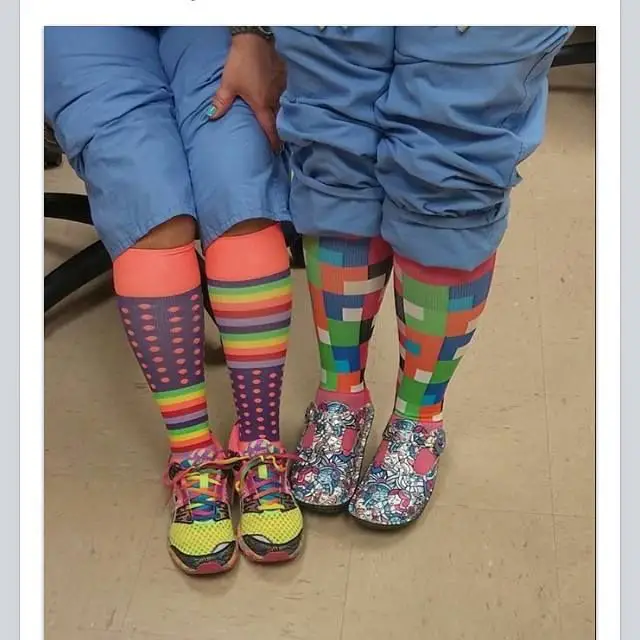 Do you remember the funny looking rubber compression hose your grandmother used to wear? New designs and fabrics have revolutionized this market. Now, you can get compression socks in a variety of styles and colors that include pantyhose, thigh highs, knee highs, closed and open toe styles, different flesh colors, and even sheer fabrics.
Do you remember the funny looking rubber compression hose your grandmother used to wear? New designs and fabrics have revolutionized this market. Now, you can get compression socks in a variety of styles and colors that include pantyhose, thigh highs, knee highs, closed and open toe styles, different flesh colors, and even sheer fabrics.
Advances have been made in the weaving department to, and because of these advancements, the leading manufacturers of medical grade compression socks have been able to introduce quite a few new products. Now, you can get compression socks and products for nearly any occasion – from an evening out, to sports, and work.
Compression stockings or socks can now be found on the legs of many people, from people who might be at risk for the formation of blood clots in the legs, to people who might be in recovery from some type of surgery, to pregnant women, nurses, runners, flight attendants, and even pilots. The prices and materials of these items are just as varied as the people who wear them. You can find these socks selling for $10 a pair all the way up to more than $100 per pair.
Aside from their medical purpose, can the typical person get any sort of benefits from wearing them? Is there any sort of risks related to them? Let’s find out.
Who Should be Wearing Compression Socks?
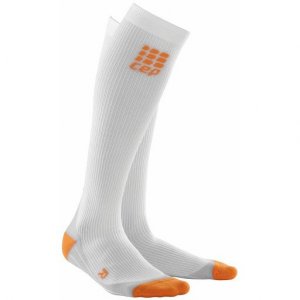 The most widely known benefit from wearing compression socks is in regard to people who are at risk from blood clots forming in the legs, aka DVT, or Deep Vein Thrombosis, and those who suffer from certain issues with their legs. When it comes to the blood clots, there are quite a few factors that can increase a person’s risk of developing them. These can include things like certain genetic disorders with clotting, inflammatory bowel disease, a family history of deep vein thrombosis, pregnancy, hormone replacement therapy, birth control pills, sitting for long stretches of time, and those who are on bed rest. This type of clothing can also be worn by people who are suffering from acute deep vein thrombosis, in an effort to prevent symptoms that are known as post-thrombotic syndrome, which will lead to swelling and pain in the legs. However, according to the American College of Chest Physicians, there isn’t enough evidence to support the use of compression socks for this reason.
The most widely known benefit from wearing compression socks is in regard to people who are at risk from blood clots forming in the legs, aka DVT, or Deep Vein Thrombosis, and those who suffer from certain issues with their legs. When it comes to the blood clots, there are quite a few factors that can increase a person’s risk of developing them. These can include things like certain genetic disorders with clotting, inflammatory bowel disease, a family history of deep vein thrombosis, pregnancy, hormone replacement therapy, birth control pills, sitting for long stretches of time, and those who are on bed rest. This type of clothing can also be worn by people who are suffering from acute deep vein thrombosis, in an effort to prevent symptoms that are known as post-thrombotic syndrome, which will lead to swelling and pain in the legs. However, according to the American College of Chest Physicians, there isn’t enough evidence to support the use of compression socks for this reason.
There are a few other groups of people who can get benefits from wearing these socks. This includes people who have problems with circulation, swelling in the legs, venous leg ulcers, and varicose veins. Also, people who spend quite a bit of time standing might feel as if the compression socks improve their comfort, even when they don’t suffer from any sort of leg or circulatory problems.
How They Work
 The blood that is in your veins needs to go against the force of gravity to make it from your feet all the way back up to your heart. Anything that can impede the flow of blood – like weaknesses in the vein walls, lack of movement, or circulation issues, can result in that blood pooling in your veins that are located in your lower legs or even in your feet. This can lead to things like leg fatigue, achiness, and swelling of the feet or legs. It might also make you predisposed to developing a venous clot.
The blood that is in your veins needs to go against the force of gravity to make it from your feet all the way back up to your heart. Anything that can impede the flow of blood – like weaknesses in the vein walls, lack of movement, or circulation issues, can result in that blood pooling in your veins that are located in your lower legs or even in your feet. This can lead to things like leg fatigue, achiness, and swelling of the feet or legs. It might also make you predisposed to developing a venous clot.
By putting pressure on the tissues of the legs and the walls of your veins, compression socks can help any blood in those veins get back where it belongs – in the heart. Additionally, they can improve the fluid that flows and bathes all of the cells in your legs. That fluid is known as lymph. Improving the lymph’s flow can have a positive effect on leg swelling. The socks might also improve the comfort of healthy people even with no discernable benefit to their health. As an example, improving that lymph flow might make people’s legs less tired. Though athletes and runners might also wear these socks, in an effort to prevent injury or to improve their performance, there isn’t much evidence at all that they can help in this manner.
All of that being said, compression socks will only ever be beneficial if they are properly worn. Unfortunately, evidence points to this not being the case. A study from 2008 that was published in the American Journal of Nursing stated that among 142 people who were hospitalized and told to wear them following surgery so that they could prevent deep vein thrombosis, 26% of them were given socks of the wrong size and 29% of them didn’t wear them properly – as in they were wearing them wrinkled. Wearing them that way can worsen or even lead to worse issues since wrinkling or bunching can put even more pressure on the skin. Additionally, patients said that they weren’t comfortable, especially the thigh high ones.
Are There People Who Should Not Wear Them?
In general, these socks are safe and when they are properly worn, they result in little to no complications, as long as they are worn smooth against the skin, with no wrinkles. However, there are certain people who should not try to wear them. This includes people who have peripheral neuropathy or any type of condition that impacts the sensation of the skin, people who have a history of grafting of a peripheral arterial bypass, pulmonary edema caused by congestive heart failure, massive swelling in the leg, dermatitis complete with fragile or oozing skin, skin infections, and peripheral artery disease. Each one of these disorders has its own set of risks. For example, people who suffer from peripheral artery disease who attempt to wear compression socks can worsen the delivery of oxygen to those arteries that have the blood flow impaired. People who suffer from sensory issues, as with peripheral neuropathy, might not be able to tell when the sock is too tight, and this could lead to an impediment of the circulation. Certain skin infections or conditions might be made worse by a compression sock covering and/or pressing on certain areas. A good rule of thumb would be to have a conversation with your physician before using compression socks to find out whether or not they would be a good idea for you.
Where Can You Buy Them?
Compression socks are easy to find. You can buy them at medical supply shops, pharmacies, and even online. Prices can vary drastically and may depend on more than a few factors, including the purpose they are meant for (such as relief from leg ulcers), the strength of compression, their length, whether they are latex free or made with latex, closed or open toed, sheer or opaque, custom fitted, breathability, the quality of the fabric from which they are made, and the brand. If you do happen to have some sort of medical condition that your physician has recommended these garments for, ask him which type you should use.
Determining the Correct Height and Size
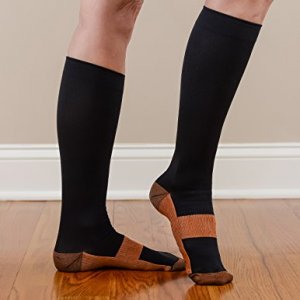 There isn’t really a universal measure for sizing, so it is critical to use a tape measure. You need to measure a few parts of your legs, like the circumference of your thigh, calf, and ankle, as well as the distance from your thigh or knee to the floor.
There isn’t really a universal measure for sizing, so it is critical to use a tape measure. You need to measure a few parts of your legs, like the circumference of your thigh, calf, and ankle, as well as the distance from your thigh or knee to the floor.
The height on your legs they should go will depend on the reason you need to wear them. The knee-high ones are easier for people to wear and tend to also be more comfortable than the ones that go to your thighs. If the reason you are wearing them is one that is not medical, like standing for hours due to your job, or for running, it only makes sense to start with ones that are knee high. If you have to wear them due to some sort of medical reason, your physician will let you know which height to go with. The ones that go to your thighs will usually be recommended for after surgery to prevent a DVT, but even with that said, evidence hasn’t been clear on whether or not this height is more effective at preventing them than the knee-high ones.
Major Benefits
Sore feet – Using compression socks means that circulation is boosted, and this brings oxygenated and nutrient filled blood into and out of the feet and legs. Many people have reported that when they wear these socks, their feet feel better and they experience less weakness and pain. Compression therapy can regenerate tissues that have been damaged while reducing the amount of damage that the feet suffer.
Swelling – Using compression socks has been proven when it comes to reducing swelling. This is especially true when people spend many hours on their feet. The compression socks squeeze the area where swelling occurs to prevent any fluid from building up in the tissues.
Diabetics – People who have a variety of medical conditions – such as those who are at risk of blood clots, those with varicose veins, and those who are diabetic, wear compression socks to improve their circulation. They can be used as a sort of tool to maintain the correct amount of pressure in the feet and legs.
Circulation – These socks can relieve some of the symptoms of bad circulation because they can mimic the ability of the muscles when it comes to pumping the blood from your feet and legs to higher areas of the body. The compression on the socks is graduated, which means they are tighter at the toes and looser at the top of them.
Plantar Fasciitis – These socks feature compression that is graduated and will fit tightly in those areas that are most in need of support. They also promote a healthy flow of blood while boosting the circulation and that aids in the process of healing.
If you think you could benefit from compression socks, the next time you see your doctor, ask him about them and make sure you get the ones you need.










